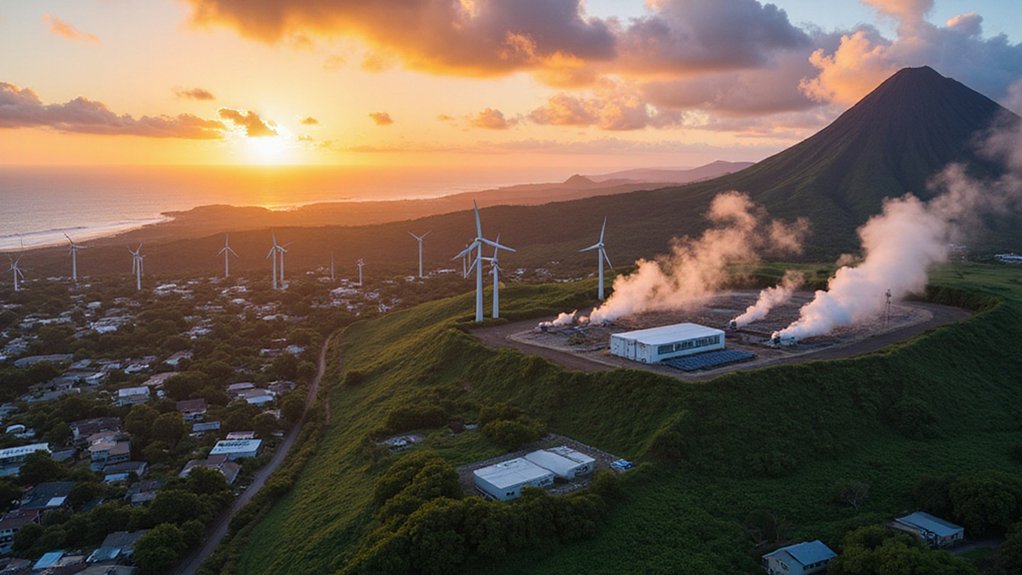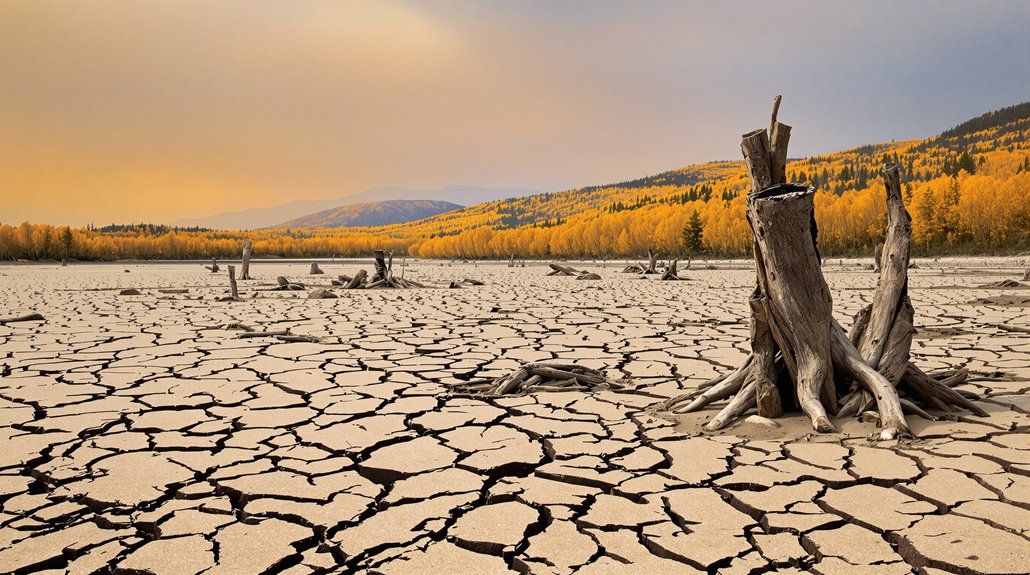While most of England sleeps through another drizzly morning, the country’s water tanks are running dangerously low. Ironic, isn’t it? The nation famous for rain can’t find enough water to keep the taps flowing.
England is staring down a 5 billion litre daily shortfall by 2055. That’s one-third of what people use now. Picture 4.5 Wembley Stadiums. That’s how much water will be missing every single day. The wider economy needs another billion litres on top of that. Good luck with that.
4.5 Wembley Stadiums of water vanishing daily—that’s England’s future drought measured in missing landmarks.
The crisis isn’t waiting until 2055 to bite. Sussex, Cambridgeshire, Suffolk, and Norfolk are already turning away housing projects and businesses. No water means no growth. Simple as that. The economic hit? £25 billion over the next five years from stalled development alone. Food production faces similar threats as unsustainable water extraction damages the very rivers and wildlife that sustain agricultural systems.
March 2025 was brutal. England got 14.8 millimeters of rain—the driest March since 1961. That’s 22% of normal rainfall. River flows dropped at every monitored site. Groundwater levels fell at three-quarters of them.
By May’s end, reservoir storage hit 77% nationally, with the northwest scraping by at 62%. Twelve reservoir groups saw drops over 10%. Four were “notably low.” Seven were “exceptionally low.” Most regions recorded their lowest storage ever for this time of year.
Climate change, population growth, and tech demands are squeezing supply from all sides. Remember 2022? Water companies had to haul in tankers and bottled water just to keep people hydrated during that scorcher of a summer.
The government’s throwing £8 billion at infrastructure over five years. The Environment Agency has its National Framework demanding action from everyone—companies, regulators, businesses, the public. Water companies must deliver their statutory plans detailing how they’ll secure supplies through 2050.
But here’s the thing: some water companies’ drought plans look about as solid as a chocolate teapot. Maintenance work keeps draining key reservoirs. Aging pipes leak precious water. The infrastructure can’t keep up with demand, and uncertainties about future consumption—thanks to emerging tech—make planning a nightmare.
England’s wet reputation won’t save it from running dry. The taps might keep flowing for now, but the clock’s ticking louder every day.
References
- https://www.gov.uk/government/publications/water-situation-national-monthly-reports-for-england-2025/water-situation-may-2025-summary
- https://www.gov.uk/government/news/england-faces-5-billion-litre-public-water-shortage-by-2055-without-urgent-action
- https://assets.publishing.service.gov.uk/media/67f7a48245705eb1a1513eb7/National_Water_Situation_Report_England_March_2025.pdf
- https://smartwatermagazine.com/news/smart-water-magazine/england-faces-5-billion-litre-public-water-supply-shortage-2055-without
- https://commonslibrary.parliament.uk/research-briefings/cbp-10248/








